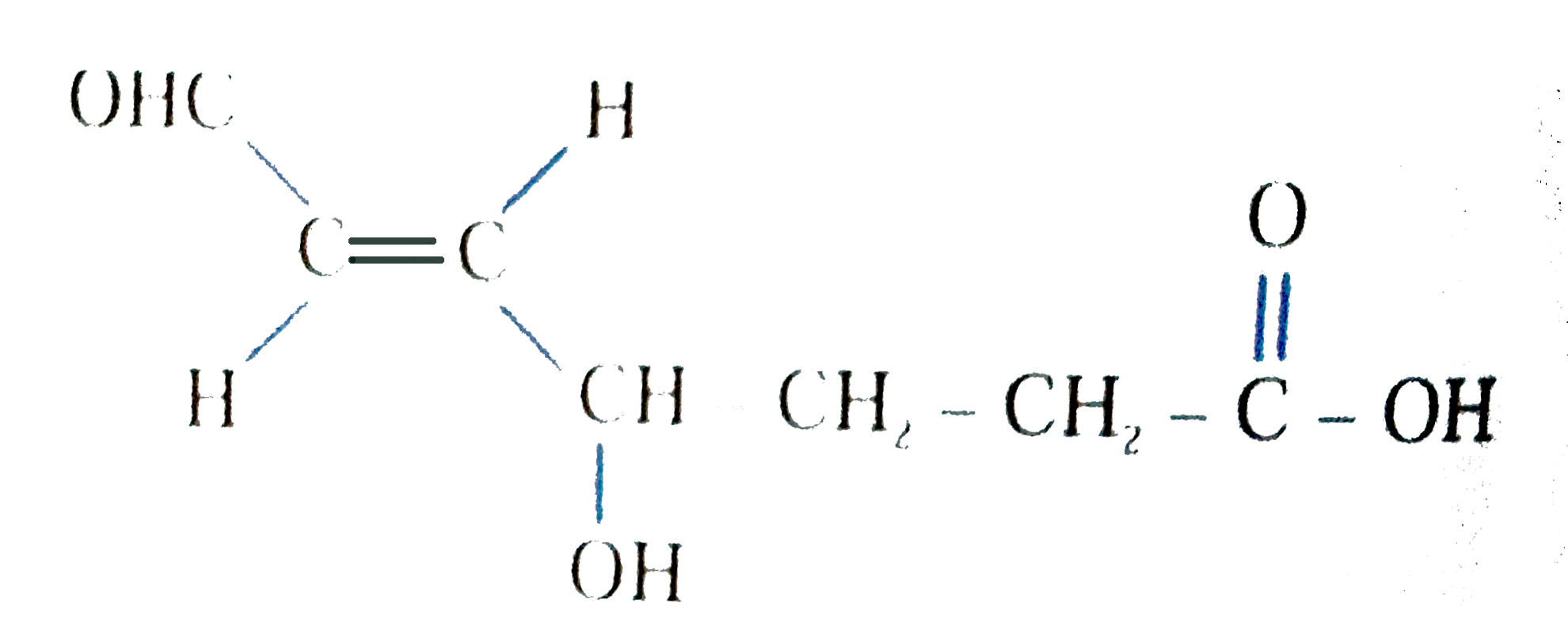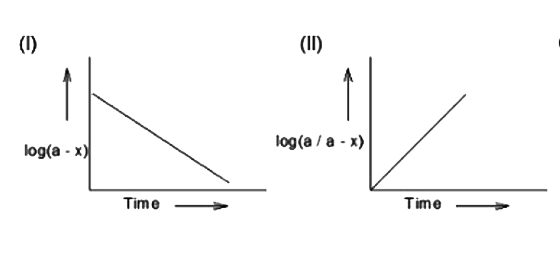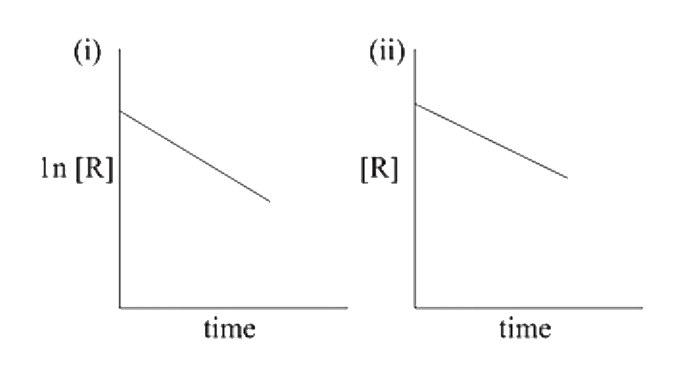For the zeroth order reaction, sets I and II are given, hence x is :

2 min
3 min
4 min
6 min
The correct Answer is:D
By set I, half-life is 2 min. In set II. Number of moles have been doubled thus half-life is also doubled, i.e, now it is 4 min. Thus 8 moles change to 4 moles in= 4 min and 4 moles change to 2 moles in = 2 min Thus, Total time = 6 min
Topper's Solved these Questions
- CHEMICAL KINETICS BOOK - NARAYNACHAPTER - CHEMICAL KINETICS EXERCISE - EXERCISE -2 (H.W) COLLISION THEORY
7 Videos
- CHEMICAL KINETICS BOOK - NARAYNACHAPTER - CHEMICAL KINETICS EXERCISE - EXERCISE -3
39 Videos
- CHEMICAL KINETICS BOOK - NARAYNACHAPTER - CHEMICAL KINETICS EXERCISE - EXERCISE -2 (H.W) (ORDER OF REACTION)
16 Videos
- CARBOXYLIC ACIDBOOK - NARAYNACHAPTER - CARBOXYLIC ACIDEXERCISE - All Questions
288 Videos
- CHEMISTRY IN EVERYDAY LIFEBOOK - NARAYNACHAPTER - CHEMISTRY IN EVERYDAY LIFEEXERCISE - ASSERTION & REASON TYPE QUESTIONS
10 Videos
Similar Questions
The reaction A→C has activation energy for the forward and the backward reaction has 25 kJ and 32 KJ respectively. The ΔH for the reaction is
View SolutionA reaction proceeds by first order, 75% of this reactin was completed in 32 min. The time required for 50% completion is
View SolutionRate expression for Xa+Yb→ products is Rate =K[A]m[B]n. Units of K w.r.t A and B respectively are s−1 and M−1s−1, when concentrations of A and B are increased by 4 times, then
View SolutionProvide IUPAC name of the compound given below.

View Solution(A) Analgesics bring down body temperature during high fever.
(R ) Tetracyclin is a tranquillizer.
View SolutionAssertion: The zeroth law of thermodynamics was know before the first law of thermodynamics.
Reason: The zeroth law concerning thermal equilibrium appeared after three laws (I,IIandIII) of thermodynamics and thus was named zeroth law.
View SolutionHow many half-lives are needed to complete the zeroth order reaction ?
View SolutionFor a reaction X + Y to Z , rate prop [X] . What is (i) molecularity and (ii) order of reaction ?
View SolutionIf the initial concentration of the reactants is doubled in a zeroth order reaction, then rate
View SolutionThe given plots represent the variation of the concentration of a reactant R with time for different reactions (i) and (ii). The sum of orders of the reactions is ________ .
View SolutionWhich is not the graphical representation for the zeroth order reaction ?
View SolutionThe given plots represent the variation of the concentration of a reactant R with time for different reactions (i) and (ii). The respective orders of the reactions are:
View SolutionWhich set represent 1st order reactions out of (I) , (II) and (III)

View SolutionThe given plots represent the variation of the concentration of a reactant R with time for two different reaction (i) and (ii) The respective orders of the reactions are

View SolutionFor a reaction X+Y→Z, rate ∝[X]. What is (i) molecularity and (ii) order of reaction ?
View Solutionअभिक्रिया X+Y→Z के लिए, दर ∝[X] (i) आण्विकता क्या है तथा (ii) अभिक्रिया की कोटि क्या है?
View Solution
